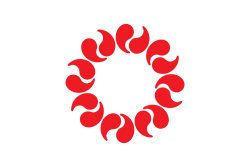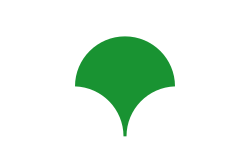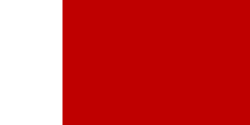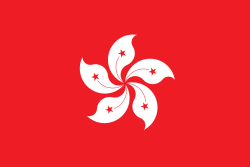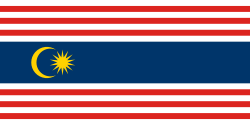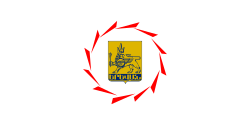- Flag of Abu Dhabi, United Arab Emirates
- Flag of Almaty, Kazakhstan
- Flag of Baku, Azerbaijan
- Flag of Busan, South Korea
- Flag of Caloocan, Philippines
- Flag of Chelyabinsk, Russia
- Flag of Daegu, South Korea
- Flag of Davao City, Philippines
- Flag of Dubai, United Arab Emirates
- Flag of Incheon, South Korea
- Flag of Krasnoyarsk, Russia
- Flag of Manila, Philippines
- Flag of New Taipei City, Taiwan
- Flag of Novosibirsk, Russia
- Flag of Quezon City, Philippines
- Flag of Seoul, South Korea
- Flag of Yekaterinburg, Russia

This article needs additional citations for verification .(March 2025) |
This is a list of international, national and subnational flags used in Asia.
Contents
- Supranational and international flags
- Flags of Asian sovereign states
- Disputed or partially recognised states
- Flags of Asian dependencies
- Flags of Asian sub-divisions
- China
- Georgia
- Iraq
- Japan
- Korea
- Philippines
- Thailand
- Russia
- Uzbekistan
- Flags of Asian cities
- Historical flags
- Notes
- See also
- References









































































































